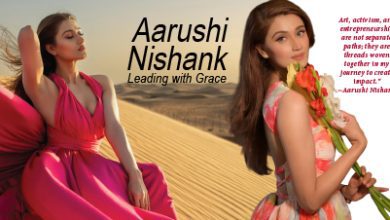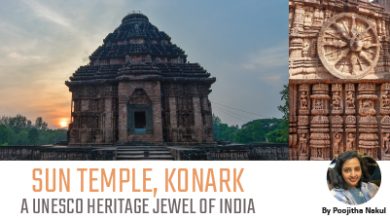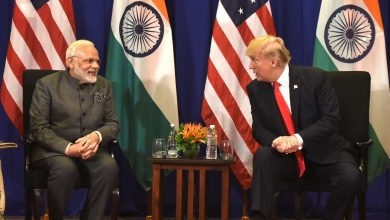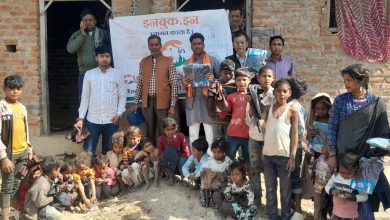The girl who came from a small town and became an Astrophysicist
Nitya Kallivayalil always had her eyes set on the stars. Even as a child, she enjoyed looking up at the sky and asking stirring questions about the universe. This is probably what led her to become an astrophysicist later.
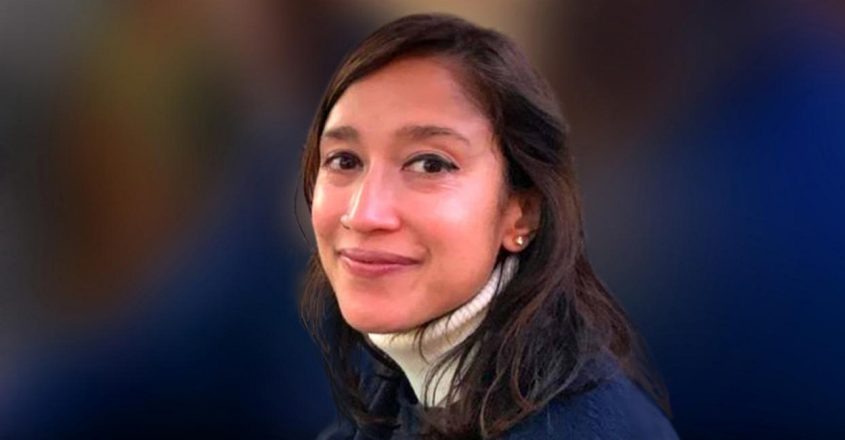
The 42-year-old from Peruvanthanam, near Mundakayam is now a renowned name in this field and works as an associate professor of Astronomy, Arts and Science at The University of Virginia, US. She recently won the 2022 Teaching Award which recognises the best teachers from different colleges under the university.
Nitya did her schooling at Pallikoodam in Kottayam and The Lawrence School in Ooty. She completed her International Baccalaureate (IB) at United World Colleges, under-graduate studies at Mt Holyoke College (BA), graduate studies (Masters) at the University of Pennsylvania (UPenn) and doctorate from Harvard University, followed by the two post-doctoral fellowships at the Massachusetts Institute of Technology (MIT) and Yale.
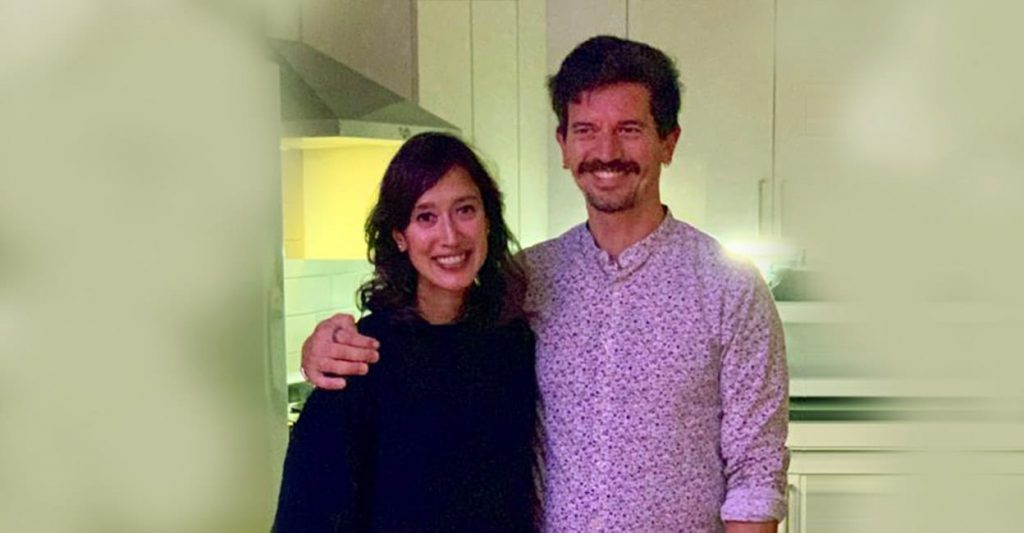
What was your initial reaction when you came to know about the Award? How do you feel now?
I was incredibly excited and honored to have been chosen! I am also very grateful for all the work my nominators put in and to the students who wrote in my support. I have always found teaching to be very challenging and the award makes me feel more confident that perhaps I am on the right track.
How has teaching changed you as a person?
Teaching has forced me to think critically about how people learn. And the more I teach the more it is clear that project-based learning is the only real way to build knowledge and work through concepts. Teaching also keeps me humble. It forces you to be a life-long learner.
How did you get interested in Astrophysics?
I was always very fascinated with the big-picture questions: how did we get here? How did the universe begin and how/will it end? What is it made of? But reading is what allowed me to start engaging with these concepts and realize that this is potentially a career option as well. The book that really made a huge impression on me as a child was “What Do You Care What Other People Think” by Richard Feynman. I was certainly drawn to the title. But more specifically, he describes the investigation into the Challenger space shuttle crash. Showing the process of science through the lens of a detective story really made it all come alive for me.
You specialise in Near-Field Cosmology. What is it about?
The ultimate goal of Near-Field Cosmology is to take advantage of the very high resolution that we can achieve in the Local Universe, by which I mean the ability to resolve nearby galaxies into their individual star constituents, to test our ideas of what the Universe is made up of. The fact that we get such high-resolution data makes it difficult to hide discrepancies between the data and theoretical predictions. I think it is a very promising regime in order to make advances in our understanding of how galaxies evolve over time and the role that dark matter, the dominant mass component of the Universe, plays in that evolution.
What do you think is the scope for similar field in India?
I think the scope is really good because many of the relevant datasets, both current and planned, are all open access. What we would need is to attract ambitious young scholars to the field and to invest in their future success. In next decade I want to deepen my ties with Indian institutions training students in Astrophysics.
What are your interests apart from academics?
I am obsessed with martial arts! As a kid in Kottayam I used to go and watch Kalaripayattu classes in Nehru Stadium and I was absolutely fascinated. I now train in boxing and Muay Thai (Thai boxing),though I would really love to train in kalari if I had access. I enjoy working (very slowly) towards my long-term training goals.
Do you visit Kottayam often? Has this place contributed in your growth?
I wish I could visit more often! Yes, I think it has had a huge effect on my growth. Education and educational pursuits are held in high regard. That was not lost on me as a kid. I went to Pallikoodam School through 4th standard and just loved it. I remember there was a lot of emphasis on creativity in the classroom and I think creativity is a key, perhaps overlooked, ingredient in the process of science.



